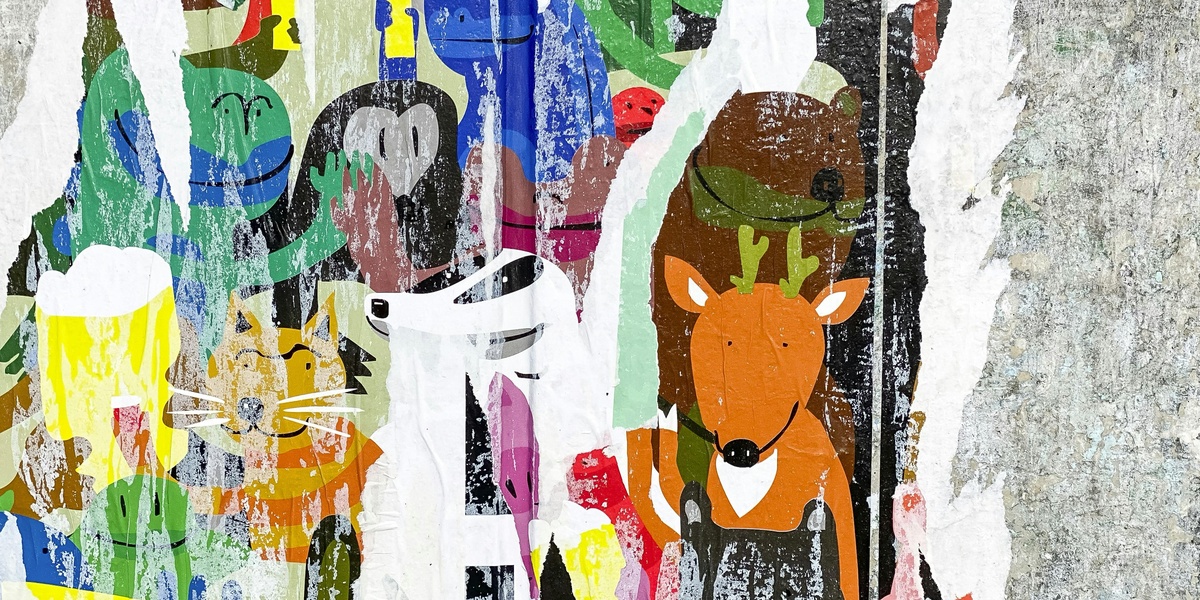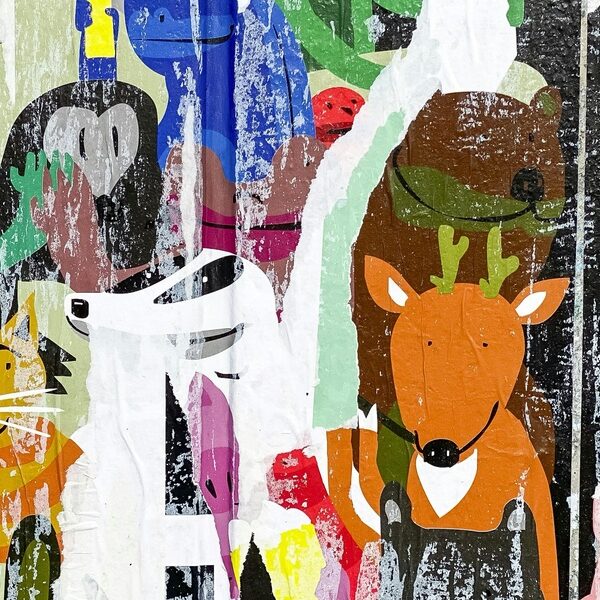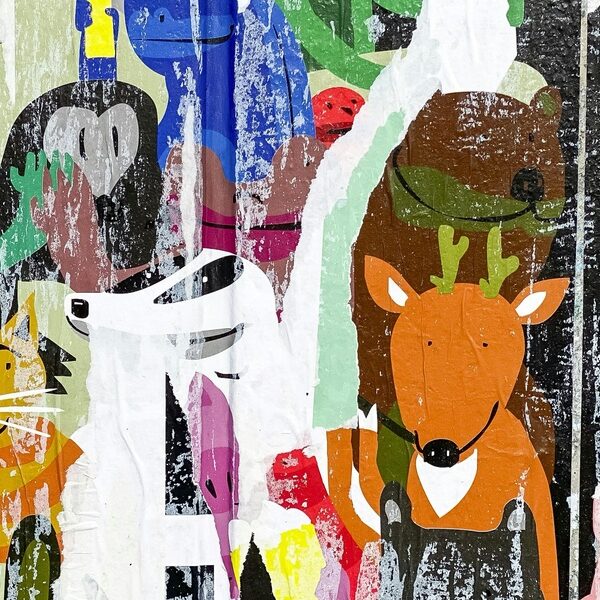This list includes 26 Common Animals that start with E, ranging from “Eagle” to “Ermine”. These entries cover familiar birds, mammals, fish and insects useful for teaching, quick reference, and nature identification.
Common Animals that start with E are familiar species and groups whose names begin with the letter E. For example, the eagle appears in many national symbols and folklore worldwide.
Below you’ll find the table with common name, scientific name, order, and habitat/distribution.
Common name: Gives the everyday name you recognize, helping you find species quickly and match field guides or classroom resources.
Scientific name: Provides the Latin binomial used by scientists, so you can check precise identity and avoid ambiguous common names.
Order: Shows the taxonomic order to group related animals, helping you understand major biological relationships at a glance.
Habitat/distribution: Summarizes where each animal lives or is commonly found, so you can link names to real-world locations and ecosystems.
Methodology note: This list prioritizes widely used common names and familiar taxonomic groupings to keep entries practical and globally recognizable.
A–Z index: Navigate to other letters to explore similar lists across the alphabet and find comparable animal tables.
Common Animals that start with E
| Common name | Scientific name | Order | Habitat/Distribution |
|---|---|---|---|
| Eagle | Aquila | Accipitriformes | Forests, mountains, coasts; Worldwide |
| Eel | Anguilla | Anguilliformes | Freshwater and coastal waters; Global temperate/tropical regions |
| Elephant | Loxodonta africana | Proboscidea | Savannas and forests; Sub-Saharan Africa |
| Elk | Cervus canadensis | Artiodactyla | Forests and grasslands; North America and parts of Asia |
| Emu | Dromaius novaehollandiae | Casuariiformes | Open plains and woodlands; Australia |
| Egret | Egretta | Pelecaniformes | Wetlands, marshes, shores; Worldwide in warm regions |
| Earthworm | Lumbricus terrestris | Oligochaeta | Soil and leaf litter; Temperate regions worldwide |
| Eland | Taurotragus oryx | Artiodactyla | Savannas and dry woodlands; Sub-Saharan Africa |
| Echidna | Tachyglossus aculeatus | Monotremata | Forests and grasslands; Australia and New Guinea |
| Emperor penguin | Aptenodytes forsteri | Sphenisciformes | Sea ice and Antarctic coast; Antarctica |
| Electric eel | Electrophorus electricus | Gymnotiformes | Freshwater rivers and swamps; Amazon and Orinoco basins |
| Earwig | Forficula auricularia | Dermaptera | Gardens, under bark and leaf litter; Worldwide temperate regions |
| Eider | Somateria mollissima | Anseriformes | Coastal marine, rocky shores; Northern Hemisphere |
| Emperor tamarin | Saguinus imperator | Primates | Lowland tropical forests; Amazon Basin |
| Epaulette shark | Hemiscyllium ocellatum | Orectolobiformes | Coral reefs and tidal pools; Western Pacific (Australia) |
| Elephant seal | Mirounga angustirostris | Carnivora | Coastal beaches and offshore waters; North Pacific |
| Ermine | Mustela erminea | Carnivora | Woodlands, tundra, meadows; Northern Hemisphere |
| Elephant shrew | Elephantulus | Macroscelidea | Savannas and scrub; Africa |
| Emperor angelfish | Pomacanthus imperator | Perciformes | Coral reefs; Indo-Pacific tropics |
| Electric ray | Torpedo | Torpediniformes | Sandy or muddy seabeds; Temperate and tropical seas worldwide |
| Eagle ray | Myliobatis | Myliobatiformes | Coastal reefs and open seas; Tropical/subtropical oceans |
| Emperor dragonfly | Anax imperator | Odonata | Ponds, lakes and slow rivers; Europe and Africa |
| Emerald tree boa | Corallus caninus | Squamata | Amazon rainforest canopy; Northern South America |
| Eelpout | Zoarces viviparus | Perciformes | Cold coastal waters and estuaries; North Atlantic |
| Emperor moth | Saturnia pavonia | Lepidoptera | Heathland, meadows and woodlands; Palearctic region |
| Eagle-owl | Bubo bubo | Strigiformes | Forests and rocky areas; Eurasia and North Africa |
Descriptions
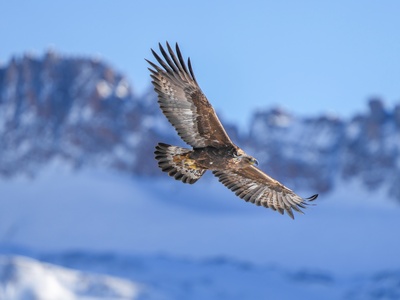
Eagle
Large birds of prey with hooked beaks and sharp talons; keen eyesight and carnivorous, many species occupy diverse habitats.
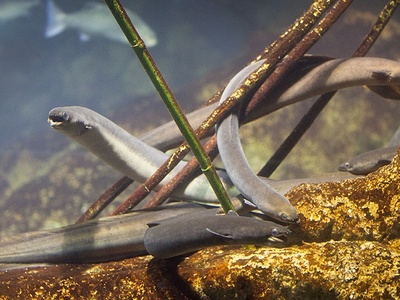
Eel
Elongated, snake-like fish; some species migrate thousands of kilometers to spawn, varied diets from predators to scavengers.
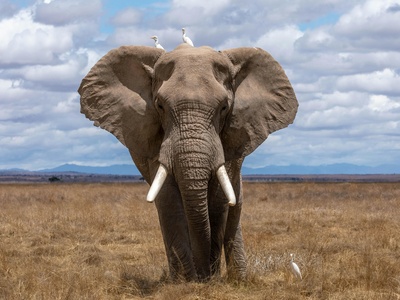
Elephant
Massive herbivores with trunks and tusks; highly social, intelligent, live in family herds and shape ecosystems.
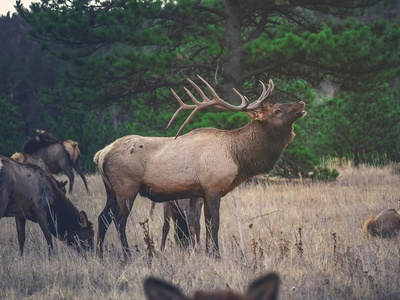
Elk
Large deer with branching antlers; grazers and browsers that form seasonal herds, males bugle in rut.
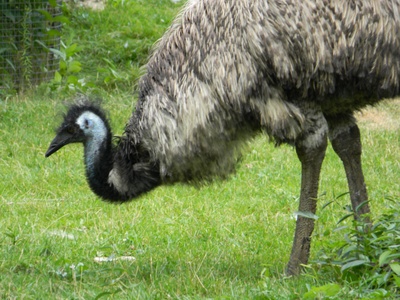
Emu
Flightless, fast-running bird and the second-largest living bird; omnivorous and important to Australian ecosystems.
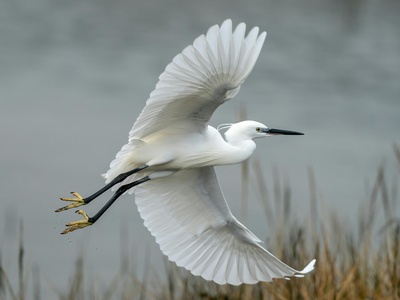
Egret
Slim white herons that wade to catch fish and amphibians; noted for long necks and breeding plumes.
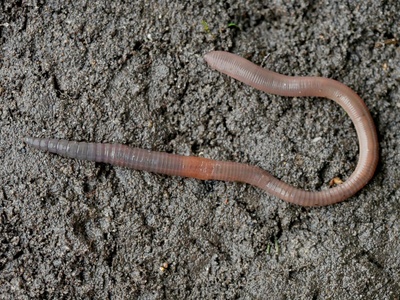
Earthworm
Soil-dwelling detritivores that improve soil structure and nutrient cycling; common in gardens and farmland.
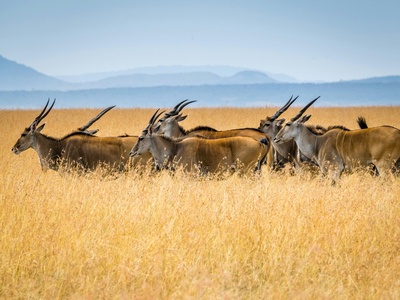
Eland
One of the largest antelopes, with spiral horns; grazes and browses and forms social herds.
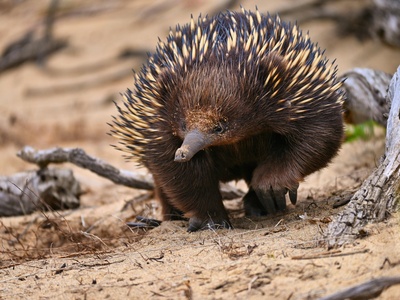
Echidna
Spiny, egg-laying mammal (monotreme); insectivorous, uses a long sticky tongue to catch ants and termites.
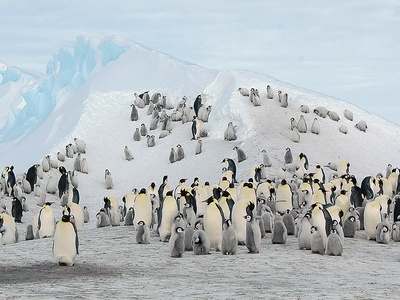
Emperor penguin
Largest penguin species, breeds on pack ice; deep diver that feeds on fish and krill.
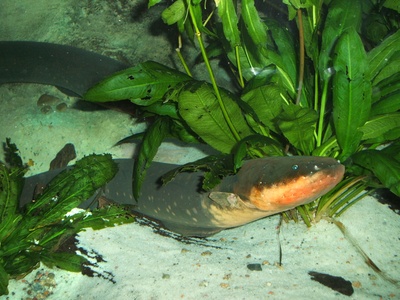
Electric eel
Freshwater fish that can generate strong electric shocks to stun prey and deter predators.
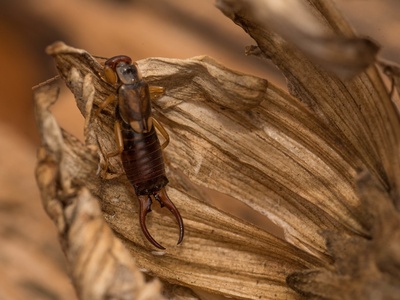
Earwig
Small nocturnal insects with forceps-like cerci; mostly scavengers and omnivores that hide in crevices.
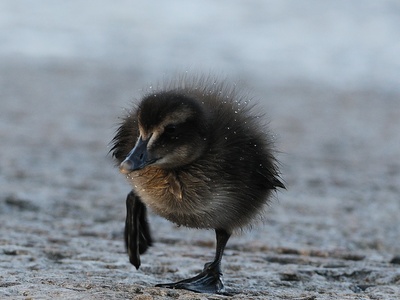
Eider
Large sea duck whose down is highly prized for insulation; dives for mollusks and crustaceans.
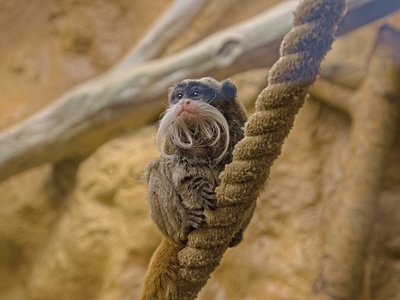
Emperor tamarin
Tiny New World monkey with a distinctive long mustache; social and agile in the forest canopy.
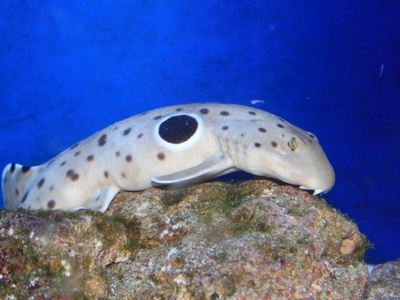
Epaulette shark
Small reef shark that “walks” on its fins and tolerates low-oxygen pools during low tide.
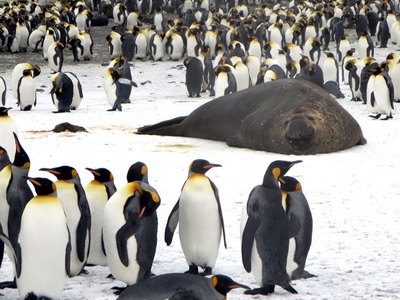
Elephant seal
Very large seals; males have inflatable proboscis, deep divers that breed in huge colonies.
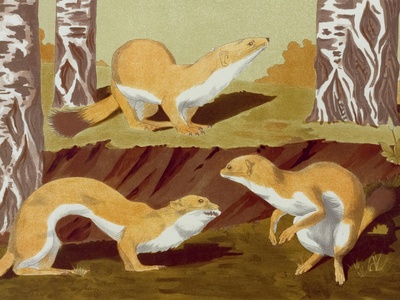
Ermine
Small mustelid (stoat) that turns white in winter in cold regions; agile predator of rodents.
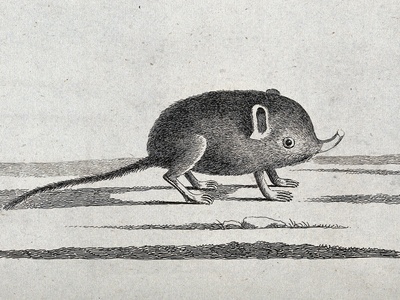
Elephant shrew
Small, long-nosed insectivores with rapid running; surprisingly close evolutionary ties to elephants at higher levels.
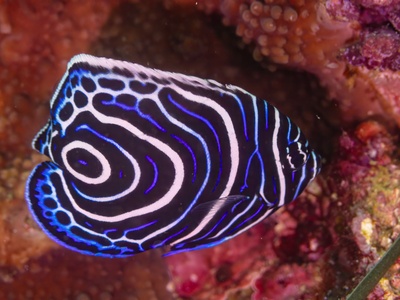
Emperor angelfish
Strikingly patterned reef fish popular in aquaria; adults feed on sponges and small invertebrates.
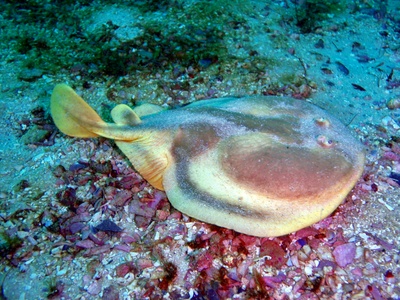
Electric ray
Flat-bodied rays that generate electricity to stun prey and for defense; often bury in substrate.
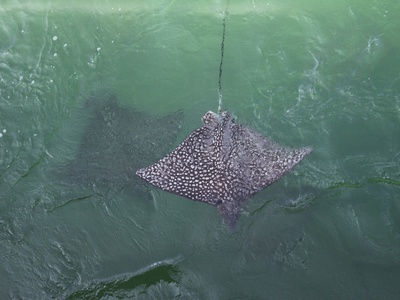
Eagle ray
Large, winged rays that swim in open water and crush shellfish with flattened dental plates.
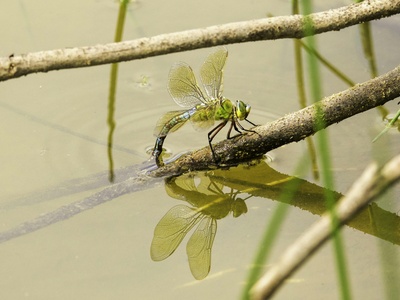
Emperor dragonfly
Large dragonfly nicknamed “emperor”; powerful flier and voracious aerial predator of other insects.
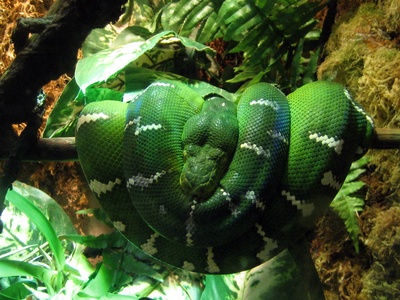
Emerald tree boa
Arboreal snake with vivid green scales and white markings; ambush predator of birds and small mammals.
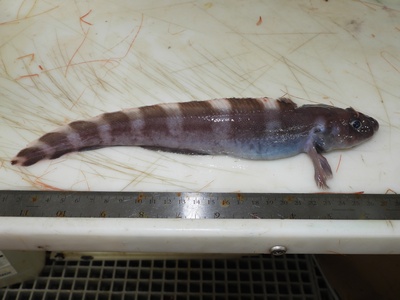
Eelpout
Bottom-dwelling fish with an elongated body; feeds on invertebrates and is common in northern seas.
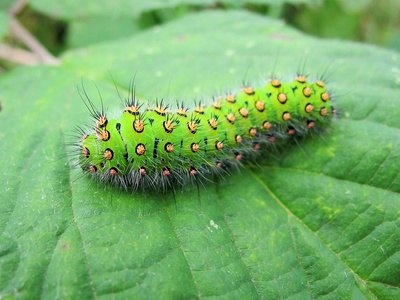
Emperor moth
Large, eye-marked moth; nocturnal adults, caterpillars feed on shrubs and grasses.
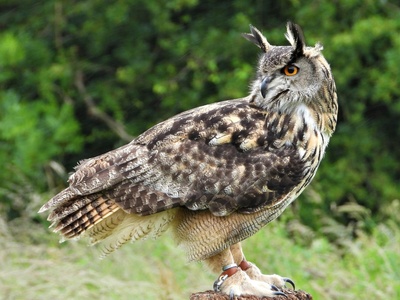
Eagle-owl
Very large nocturnal owl with ear tufts and deep hoots; powerful predator of mammals and birds.
